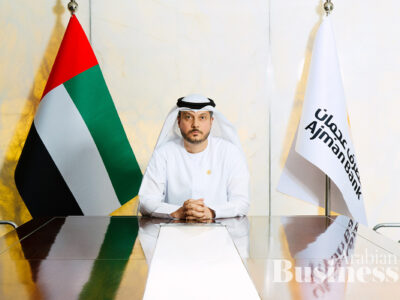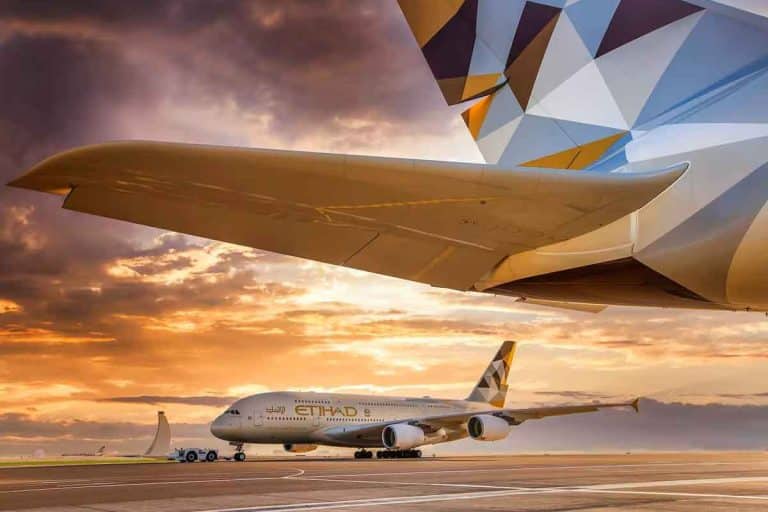Remember this? Etihad Airways and its ambitious CEO making a host of announcements to “usher in a new phase of sustainable growth, underpinned by a robust strategic plan.”
The dizzy heights of carrying 18 million passengers a year were floated, and a network that would expand to 125 destinations. This “pivotal turning point in the carrier’s journey” was also heavily laden with the X-factor: Flight EY1 touched down at John F. Kennedy International Airport in New York, showcasing the A380 double-decker service featuring the Residence, a three-room suite in the sky. In a handful of years, the fleet size would be over 150.
But no, this wasn’t May 2014 when the then Group CEO James Hogan outlined the airline’s spectacular vision at a spectacular event in Abu Dhabi, in front of the world’s media.
This was just five months ago, as new Group CEO Antonoaldo Neves laid down his own marker. If it all sounds familiar, it’s because it is. Ten years later, with a global pandemic to deal with in between, Etihad Airways is back – and back to the future.
Etihad Airways 2030 strategy
Neves recently spelled out in detail the “Etihad Airways 2030” strategy, backed by ADQ Holdings. A network of 125 destinations are part of the 2030 plan, to link Asia and Europe. And a focus on connecting short and medium-haul destinations in the GCC, India, and Asia with long-haul destinations in Europe and the East Coast of America.
“In 2017, our fleet peaked at 110 aircraft, and we worked on reducing the fleet size between 2019 and 2022. Today, we are witnessing the return of our large aircraft such as the Airbus A380, Boeing 787, and Boeing 777, resulting in an increase in our fleet to 86 aircraft, and we expect it to reach a total of 160 aircraft by 2030,” said Neves.
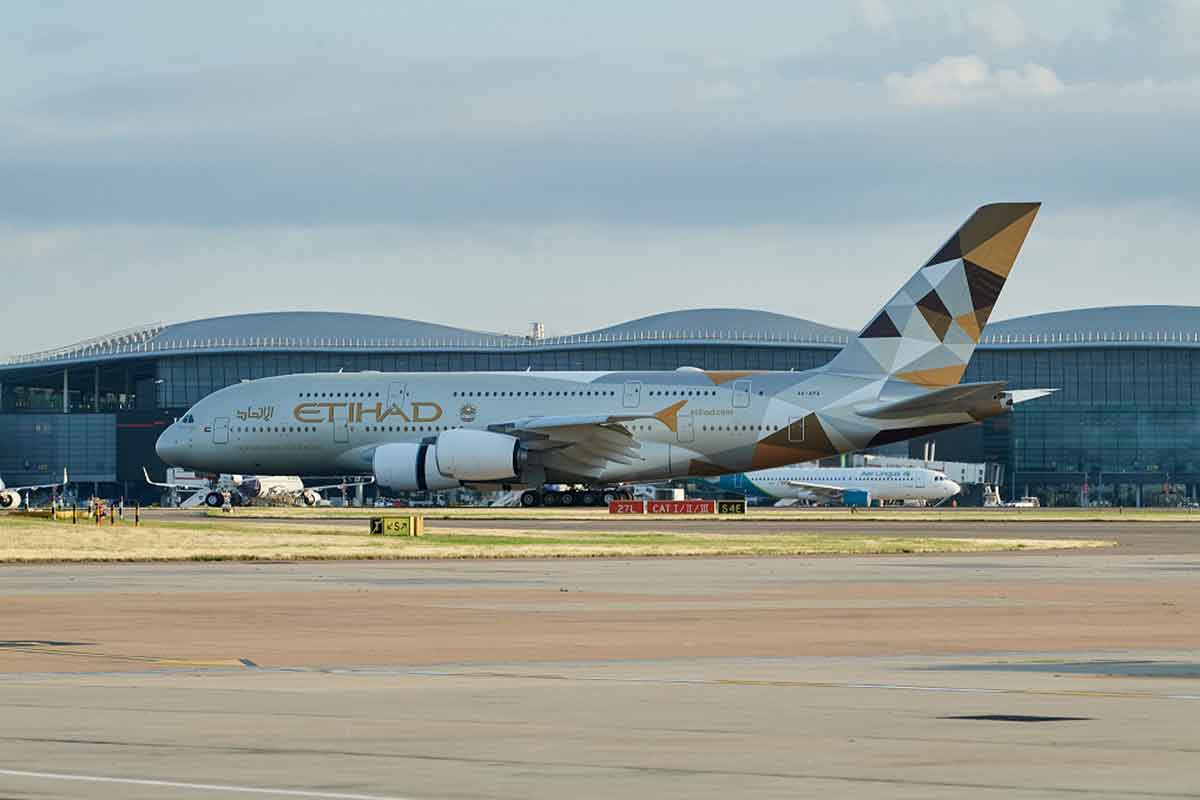
The airline currently flies to over 70 destinations worldwide, having launched 12 new destinations last year. The announcement marks a return to the pre-Covid growth strategy undertaken by Hogan, which after his departure in 2017, was largely ditched by his successor Tony Douglas.
Last year Douglas himself departed, with Neves now effectively skipping the seven years between himself and Hogan to once again make Etihad a world beater. The missing years, the lost years, call it what you like, no one can argue that the Etihad giant has been awakened and is once again taking its rightful place on the global airline stage.
But this time around, will it stay there? Neves has zero doubt and is even entertaining talk of an IPO to fund expansion. The omens are good, considering Etihad has pretty much been down this growth road before with huge success.
Three eras defined
Etihad has effectively had three lifespans – Etihad v1, the Hogan years, Etihad v2 the Douglas years and Etihad v3 – Neves at the helm.
In fact, the numbers for v1 and v3 look remarkably similar, and are sure to fuel investor appetite if an IPO does take shape.
The Etihad V1 version spanned 11 years, with Hogan taking the helm after a four-year stint as boss of Gulf Air. Etihad Airways had been created in 2003, with a vision “to redefine air travel, connecting the world through our hub at Abu Dhabi International Airport,” it announced at the time. On 12 November 2003, the first Etihad flight – to Beirut – took off, and less than a year later, $8 billion of plane orders were made.
When Hogan arrived, Etihad was a three-year-old airline with $300 million of revenues. When he departed in 2017, it had grown into a diversified travel and aviation group generating $20 billion annually. The Etihad brand became known worldwide, supporting the wider brand of Abu Dhabi as an important centre for business, trade and tourism.
James Hogan’s vision and strategy were shaped by the mandate from the airline’s shareholder, the Government of Abu Dhabi. This mandate stipulated the creation of a competitive best-in-class global airline, synonymous with the premium brand of Abu Dhabi, and the development of a business that would support and enable the Abu Dhabi 2030 economic plan by contributing to the emirate’s economic growth and development.
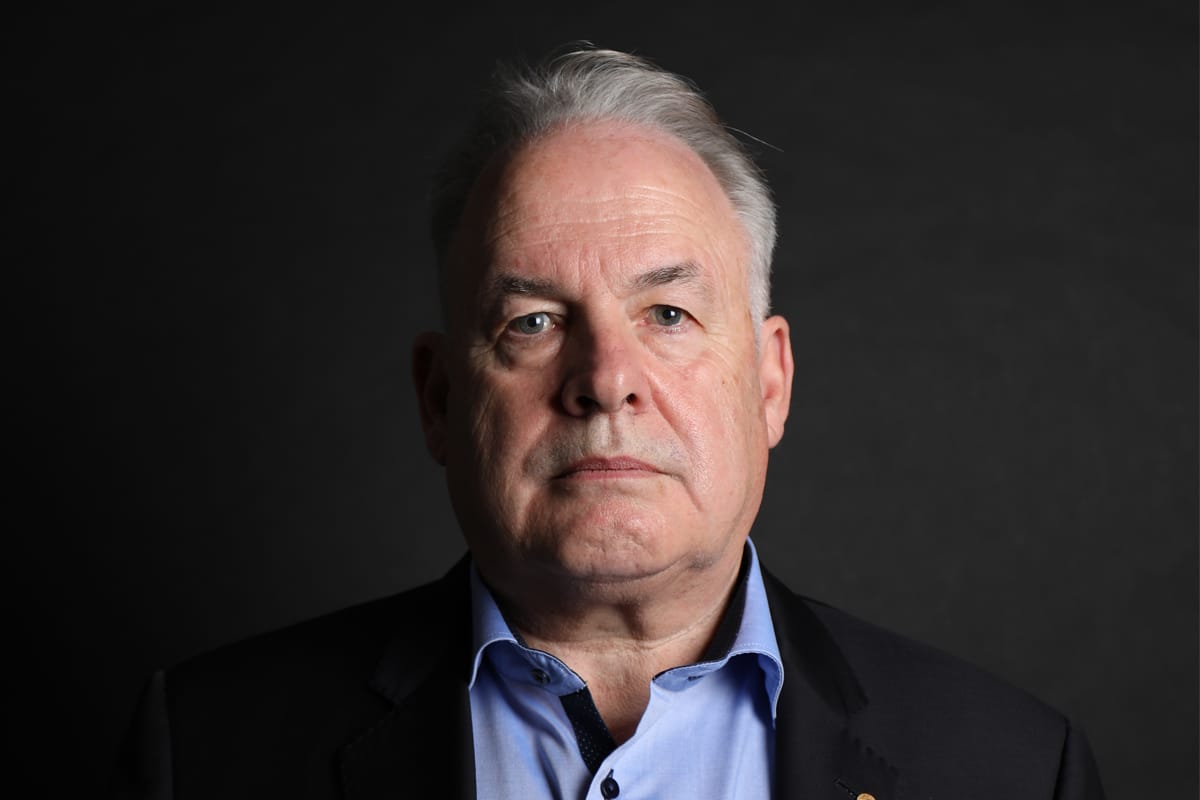
Abu Dhabi’s aviation infrastructure
The creation of Etihad Aviation Group brought together critical elements of Abu Dhabi’s aviation infrastructure including Etihad Airways, Etihad Airport Services, Etihad Engineering, Etihad Aviation Training and Hala, a holidays division, driving significant financial and operational benefits as a direct result of the alignment created by this strategy.
By 2017, Etihad was carrying 18.6 million passengers, creating more than 91,700 jobs in Abu Dhabi and across the world and delivering $6.1 billion in revenue. Its economic impact to the emirate of Abu Dhabi was estimated by Oxford Economics to be more than $9.6 billion. In less than a decade, James Hogan had led the business to become one of the fastest- growing airlines in history. As an organic growth story, Etihad’s development was unprecedented.
Etihad also operated at a level of financial transparency unprecedented for a new national carrier. It started publishing annual reports in 2010, and shared full financial details with institutions around the world.
With two of the world’s most successful and well-established ‘mega-connectors’ on its doorstep, in Emirates and Qatar, organic network growth could not be enough, however. Etihad could not build the feed traffic on its own to serve a global network that could compete against these two much longer-established competitors.
To complement the airline’s organic growth and overcome bilateral and slot constraints, and meet the mandate set by the Government of Abu Dhabi, Etihad developed its equity alliance strategy. This used minority investments in other airlines – these were minority investments, which provided the only expansion option possible within the airline industry’s regulatory framework.
In December 2011, Etihad became airberlin’s largest single shareholder with a stake of just under 30 percent (and gaining access to 33 million new passengers). In January 2012, Etihad paid $20 million for a 40 percent stake in Air Seychelles, whilst in April 2013 it took a 24 percent stake in India’s Jet Airways for $379 million. Four months later, a 49 percent stake in the newly branded Air Serbia was agreed, followed by a 33 percent stake in Swiss regional carrier Darwin Airline – and in 2014 a 49 percent stake in Alitalia.
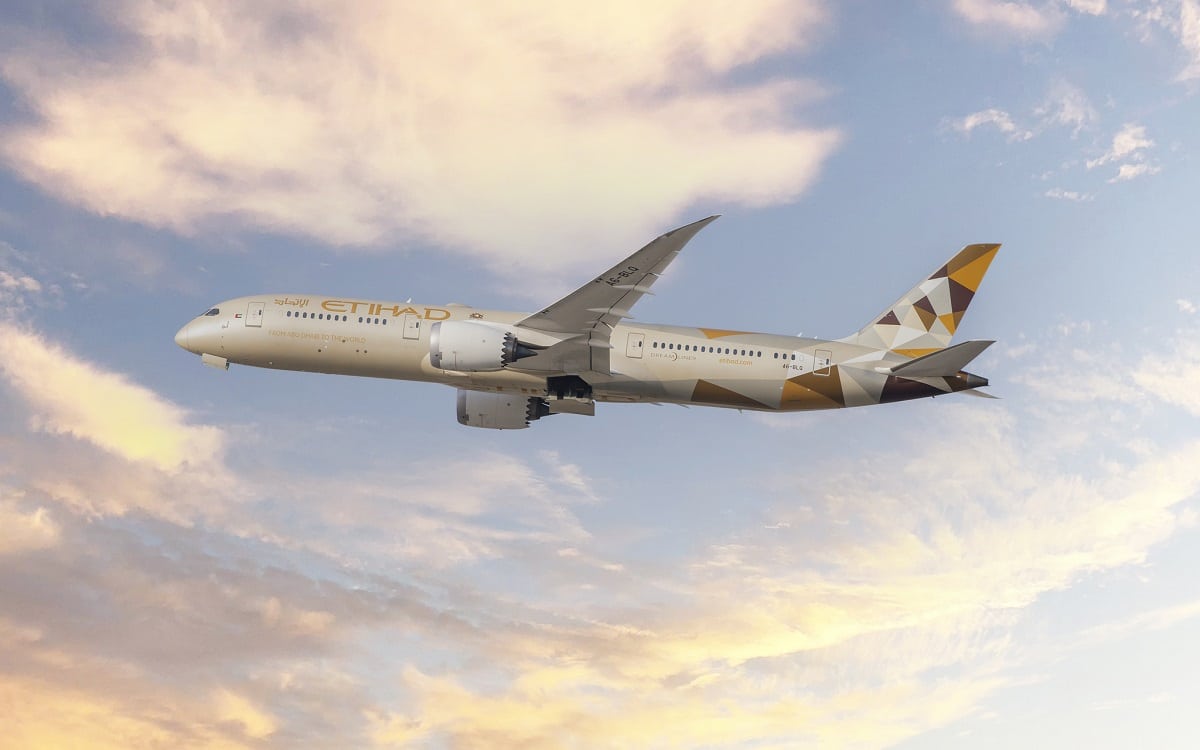
Securing Etihad’s future growth
Etihad appeared unstoppable, having also in November 2013 made the largest ever fleet order, for 199 aircraft and 294 engines in a deal worth $67 billion, which would have secured the airline’s future growth and competitive position out to 2040.
As for the equity investments, they more than recovered the outlay cost for their acquisition. They significantly increased passenger numbers on to Etihad’s network, including travellers into Abu Dhabi, in line with the management mandate at the time. Etihad led initiatives to provide shared services which generated their own revenues streams, while also offering efficiencies for the equity partners.
India, then one of the world’s fastest growing aviation markets, epitomised the benefits of such a strategy. The investment in Jet Airways enabled Etihad almost overnight to match the number of seats Emirates had to India and by early 2017 Etihad and its strategic partner offered 280 flights a week between Abu Dhabi and 18 Indian cities.
These investments also ensured the continuity of airlines that were facing significant financial and operational pressures, airberlin and Alitalia would have gone into administration with thousands of jobs lost, were it not for capital injections and aviation expertise of Etihad over a period of years.
Of course, not all of it was smooth sailing. The new funding for Alitalia allowed it to develop a business strategy which was implemented from 2015 and delivered significant improvements to the business. In 2015, the Italian carrier’s losses dropped dramatically to EUR 199 million, from EUR 580 million the previous year. The plan was predicated on a number of strategic initiatives which required the collaboration of the Italian government. Unfortunately, these did not materialise, to the detriment of the business and Alitalia went into administration in 2017.
Nevertheless, by the time Etihad v1 came to an end, Etihad was also strongly positioned for growth in 2017.
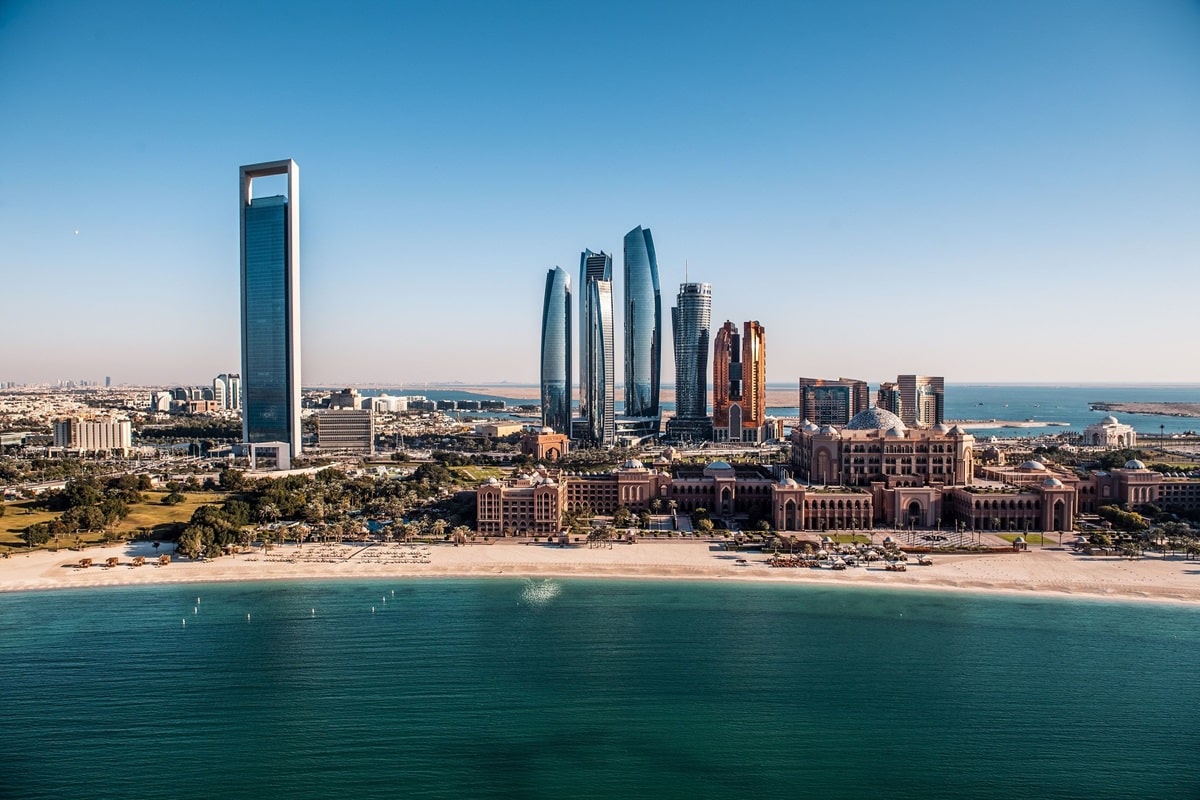
Performance and financial position
Etihad had one of the strongest balance sheets in the industry, including $14 billion in equity. The airline, which had recorded successive independently audited profits from 2011 to 2015, was awarded a financial credit rating of ‘A’ from Fitch Ratings in 2015, a rating still held today.
In addition to its underlying performance and financial position, it had recently signed a memorandum of understanding with Lufthansa and TUI, to deliver a wide-ranging growth strategy across a range of markets, alongside airberlin.
The deal was a potential gamechanger and involved the creation of a leisure airline juggernaut by combining the touristic operations of the airberlin group and the German TUIfly company, including aircraft being operated by TUIfly for airberlin under a wet-lease agreement. This new airline group was to serve a broad network of destinations from Germany, Austria and Switzerland.
Harnessing the strengths of both the Etihad Aviation and TUI groups would have opened a world of opportunities for both entities – and Abu Dhabi – as the TUI group portfolio then included more than 300 hotels, 14 cruise liners, six European airlines with around 140 aircraft and a wide-reaching distribution network, covering more than 1,800 travel agencies and online portals.
But in 2017, Hogan confirmed he was departing – to be replaced by Tony Douglas, who had been chief executive of Abu Dhabi Airports.
Leadership V2
Douglas officially took over in January 2018, but a good two years before the chaos of Covid, quickly began taking the airline and group in a totally new direction.
The new Etihad management chose to withdraw from that growth strategy, cancelling the TUI agreement, and stepping back from the close engagement with Jet Airways, Air Serbia and Air Seychelles.

Between January 1 2017 and May 31 2023, Etihad’s fleet decreased from 119 to 76 aircraft, representing a reduction of 43 aircraft or 36 percent.
Over the same period, Etihad’s aircraft order book decreased from 176 to 92 aircraft, representing a reduction of 84 aircraft or 48 percent. This decrease was primarily driven by the cancellation of some aircraft orders placed in 2013 for 48 Airbus aircraft.
In July 2022, Douglas, in an interview with the Daily Telegraph, summed up his time during Etihad v2: “We’ve had to reduce our employees from 29,000 down to 8,500 today. We’ve reduced the number of different aircraft types in our fleet from a massive, diverse fleet down to what I would describe as a two- horse stable with the 787 Dreamliner and the [Airbus] A350-1000. We’re an 18- year-old company. And we’ve made some pretty fundamental mistakes, you know, earlier on in our teenage years. And that’s why, for the last five years, we’ve had to go through the real challenge of a transformation that’s now delivered the results in a market that’s recovering.”
That turned out to be one of his last interviews, with Arabian Business breaking the story in September 2022 that Douglas was already planning to leave Etihad to join the new Saudi airline Riyadh Air – a month later his successor Neves was announced.
Etihad V3
His own successor – now in charge of Etihad v3, has now effectively signalled a move back towards the strategy of Etihad v1. So quick has Neves been on the return to growth plans, the website AGBI reported in February that the airline was now outsourcing some plans as it didn’t have enough capacity within its own fleet.
Neves outlook for the future is an impressive looking growth map. Speaking at the Dubai Air Show in November last year, Neves unveiled details of Journey 2030, described as the “guiding plan that propels Etihad into the future.”
Between November 2022 and 2023, the airline carried 13 million passengers, a 30 percent increase from 2022. Through Journey 2030, Neves said this growth trajectory is set to continue, projecting a return to Etihad’s peak in 2017.
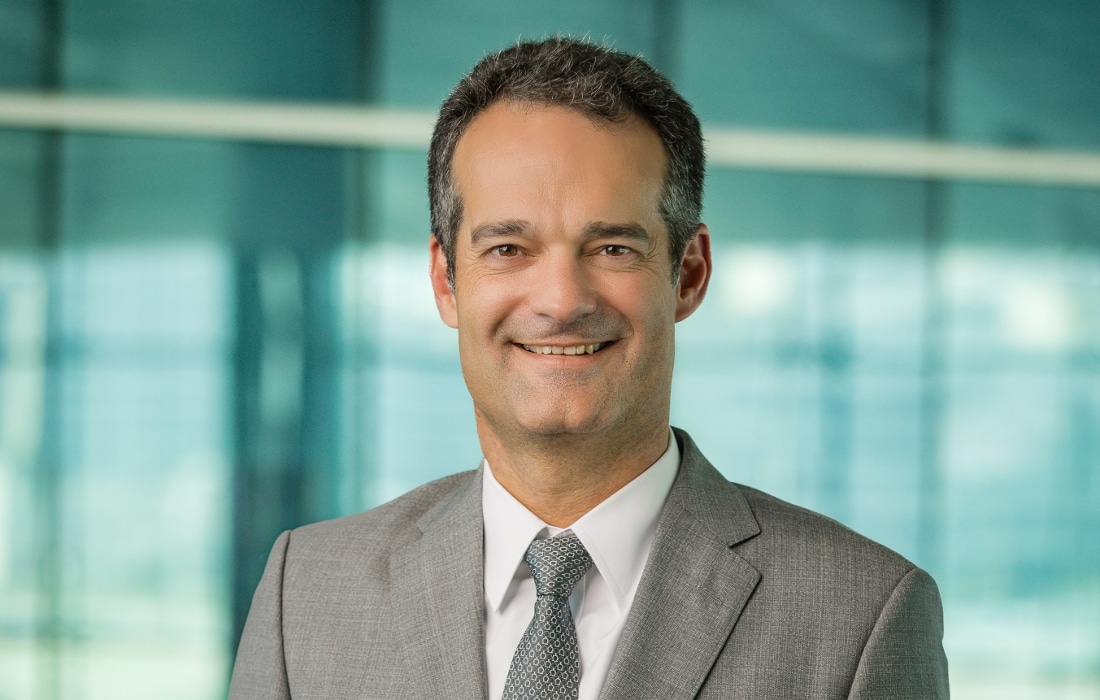
Since leaving Etihad James Hogan has rarely agreed to be interviewed and when approached by Arabian Business, he was reluctant to comment beyond saying:
“I am delighted to see Etihad is back on track and returning to the pre-2017 roadmap for growth. Reinvigorating the former fleet and network growth strategy will help the airline better compete with strong neighbouring airlines and new regional entrants.”
He was, however, happy to laud the vision and guidance of the then Crown Prince of Abu Dhabi – and now UAE President – Sheikh Mohamed bin Zayed Al Nahyan.
“It was both an honour and a privilege to implement his mandate,” Hogan said.
He also paid tribute to Khaldoon Khalifa Al Mubarak, describing the Mubadala Managing Director and Group Chief Executive Officer as “an extraordinary businessman who provided invaluable support during his 11 years at Etihad.”
As a business, it has been a story of many stops and starts, different flight paths and landing routes. But nearly 21 years since the first flight to Beirut, only a fool would bet against the airline’s future as a global giant.

